FridayFictionFilms isn't just a production company; it's a social impact powerhouse. Founded by the socially conscious filmmaker Tanmay Shah, they craft powerful narratives that tackle critical issues and inspire positive change. Their innovative 52FilmsProject, where they created 52 short films in a year on diverse social concerns, exemplifies this mission. This project not only raised awareness but also directly influenced positive outcomes.
Recognizing the need for impactful storytelling in corporate social responsibility (CSR), FridayFictionFilms offers CSR Films. This service leverages their expertise to craft compelling narratives for CSR projects, fostering awareness and driving meaningful change.
In this insightful interview with TheCSRUniverse, Tanmay Shah, Founder and CEO of FridayFictionFilms, peels back the layers of his creative process. He delves into the challenges and profound rewards of using film as a medium for social change. He also shares insights into his filmmaking journey, the tangible impact of his projects, and his perspectives on the future of storytelling as a powerful driver for positive societal transformation.
Read the full interview below to see how one filmmaker is using film as a tool for good.
Q&A
Q. What sparked your passion for the 52-Films Project, and how did creating 52 zero-budget films in 52 weeks shape your approach to filmmaking and social change? Can you share an example of how a film from the project influenced your perspective, revealing unexpected insights?"
A. I think working towards social causes has been deeply engraved in me since childhood. While in college, coming from an IT background, I worked on a Gujarati text-to-speech engine, which later contributed to the Gujarati language localization for the Wikimedia Foundation for helping Gujarati language articles. I left my job as a research associate at IIT-Bombay to make films at the spur of the moment. When films happened to me, I started making films on social issues. With this forefront and an innate need to talk about social issues, I explored the medium of films for a year and decided to make one short film every week for a year as a part of the 52FilmsProject.
I haven't studied filmmaking; I use film as a medium to tell stories. Working with 52 different social issues has given me a fair idea of how to go about making films on social change. This project has helped me delve deeper into social issues, mainly by picking up complex topics and making films about them. It has allowed me to meet people at the grassroots and understand how these issues play a role in the everyday decision-making of individuals, families, and communities.
Q. What are the biggest trade-offs you've made to ensure both commercial success and impactful social narratives in your films? Can you share an example where striking this balance led to a significant outcome?
A. Instead of having a diabolical take on film distribution channels, I feel that beyond commercial success and impactful social narratives, what remains with people is the emotion—a personal experience they feel while watching the film. With the films I have made for myself and others, I have put more emphasis on the emotional aspect of the story, which has always taken care of commercial success and impact as a byproduct.
I have made a film for an NGO to raise funds, and all corporates were present while the Chief Minister of Gujarat was invited as Chief Guest. The film moved the Chief Minister, and her speech led corporations to contribute more confidently to the cause, making the film and event commercially successful. The money raised was used to construct toilets for municipal school kids, especially girls, which was commendable.
Q. Which social issue has proven most difficult to translate into a compelling film? How did you creatively overcome those challenges, and what did you learn in the process?
A. Making a documentary film on the lives of salt pan workers in Gujarat was the most challenging project to pursue. Set in the middle of the Rann with no access to drinking water or electricity, with temperatures during the day reaching records of 50 degrees Celsius and around 2 degrees at night, it was a daunting task. Staying with them for months has made me realise the intrinsic details of how salt is made and the lifestyle of the people who make salt. There are a lot of films already made on salt pan workers. I wanted it to be a film of rejoicing, a way of rejoicing that keeps these salt pan workers doing this work for 500 years. So, I decided to make a film as a musical journey for them. I researched all the local poems and songs and used them as a part of the film. I experimented and explored the medium of telling a story through local poems and folk songs that resonated with people worldwide. Taking a local folk song narrative and sharing it with the different language-speaking nations was a great learning experience from this film.
Q. What role do you see brands and corporations playing in driving social change, and how do you work with them to integrate social purposes into their business strategies?
A. Brands and corporations play a crucial role in driving social change, particularly when they prioritise fair practices throughout their supply chains and embrace inclusivity and environmental sustainability. At Friday Fiction Films, we recognise the significance of this contribution and actively engage with brands to integrate social purposes into their business strategies.
Our approach involves creating impactful communication that not only showcases a company's commitment to social responsibility but also serves as a guiding policy for employees. We believe in fostering a mindset of social change as a daily practice rather than a sporadic CSR activity. By collaborating with corporations, we aim to highlight success stories and address challenges through compelling films that provoke thought and action.
Brands and corporations are increasingly aware of the importance of aligning their business goals with societal needs. Through our work, we facilitate the development of a symbiotic relationship between corporate objectives and social impact, ultimately driving meaningful change.
Q. Can you discuss a specific instance where a brand successfully adopted a transformative approach under your guidance and the impact it had on both the brand and society?
A. One of our clients, who is working in the area of education and managing 44 schools across India and the Middle East, brought this transformative approach to fruition. We crafted a compelling narrative that encapsulated the essence of the brand, resonating with audiences across various channels.
This narrative was brought to life through a multi-channel campaign, including a voice jingle and television commercial aired in theaters across Gujarat and Tamil Nadu, as well as on broadcasting channels. Additionally, we produced impact-driven short films highlighting the bond between teachers and students and promoting social responsibility among school students. These films served as a testament to the ethos of the schools within the brand, resonating with students, teachers, stakeholders, and management alike.
The impact of this campaign was tangible, resulting in increased admissions across schools and bringing innovation to their communication strategies. Moreover, the campaign contributed to broader societal shifts, fostering a culture of empathy and social responsibility among students and educators. This instance exemplifies the power of transformative storytelling in brand communication and its ability to drive meaningful change both for the brand and society at large.
Q. Which Friday Fiction Films project resonates most with diverse audiences, and why do you think it connects so powerfully?
A. The 52FilmsProject stands out as the most resonant project among our diverse audiences due to its inclusive nature. I feel that language shouldn't be a barrier to communication. Quite a few of the 52 films are without dialogue, ones that can be visually perceived and cater to all age groups. This diverse appeal of the project makes it easy for anyone to consume, participate in, and conceive of any social issue majorly talked about. The films have actors across all genders and age groups, which makes them consumable across all segments. For example, films addressing topics such as LGBTQ+ issues contribute to the inclusivity of the project, making it relevant to the LGBTQ+ community and beyond.
Q. Can you share a specific instance where you had to make a difficult decision about how to portray a sensitive issue in your film? How did you balance authenticity with responsibility, and what was the audience's reaction?
A. During the production of the short film 'Boomerang (2015)' on child abuse, I faced a challenging decision regarding how to authentically portray the sensitive issue while ensuring the well-being and dignity of the child actor involved. While the parents of the child were supportive of the cause, it was crucial to navigate the production process with utmost care and sensitivity. Throughout pre-production, production, and post-production stages, I grappled with the responsibility of depicting the reality of child abuse without causing any harm or distress to the young actor. This involved careful consideration of every aspect, from scriptwriting to directing, to ensure that the final film conveyed the gravity of the issue while safeguarding the child's emotional well-being.
Despite the challenges, 'Boomerang' served as a powerful tool for raising awareness about child abuse, with the Ahmedabad Police later utilizing the film to educate the public about the POCSO Act. The positive reception and impactful use of the film underscored the importance of balancing authenticity with responsibility in addressing sensitive issues through storytelling.
Q. As someone with a diverse skill set spanning various roles in filmmaking, how do you approach each project differently, and what drives your decision-making process?
A. I think each project has to be done on its own merits. Maybe most of the social issues look similar in their overall narrative, but they are widely different once they are viewed through the lens of a community or the history of its existence in the first place. Once we don’t follow a framework to approach all kinds of work, it leads to creating newer ways, the ways that serve in best interest of the people who will be largely impacted. That narrative and way of working always makes decision-making at each step more organic. The overall goals and objectives have to be crystal clear before putting the project on board. The constant quest to know about all possible areas of life and develop skills in every possible way personally comes out in all the work I do. A good hold over technology, communication, art and craft makes it a good combination to add a poised and holistic narrative to all the films we make.
Q. What role do emerging technologies or storytelling trends play in shaping the future of social-purpose filmmaking, and how is Friday Fiction Films adapting?
A. Just like technological advancements overall, the technologies used in filmmaking are constantly adaptive; newer cameras and supporting equipment and mounts have created extremely new ways of shooting films, and post-production software has created a completely new way of managing and representing visual effects in films. Along with this, short content curation platforms have challenged traditional social-purpose filmmaking and demanded a newer, faster version of storytelling. A story that is quicker to consume and quicker to reject. In my personal opinion, any social-purpose film will always need a certain amount of time for viewers to consume the content. It will always need enough time to connect with the subjects and avenues to discuss it beyond films. What has changed is the premise and the avenues leading to creating awareness about a film and not just connecting but retaining the audience. This has also aligned the films with the distribution plan.
Q. Do you believe films solely raising awareness about social issues are enough, or do we need a stronger call to action to drive real change?
A. A film has to lead to another film. It has to lead to an event. A film's impact shouldn't end with awareness; it should spark action. It should lead to events, both online and offline, engaging stakeholders to participate actively. Beyond viewing, films should prompt discussions, disseminate additional information, and inspire newer audiences. This multi-dimensional approach makes filmmaking more profound, transcending taste boundaries and reaching wider audiences.
Q. How does Friday Fiction Films measure the true impact of its projects beyond awards and recognition? Are there specific metrics you use to assess real-world change?
A. Friday Fiction Films goes beyond awards and recognition to gauge the true impact of its projects. We believe in proactive engagement, especially within educational institutions, where we conduct filmmaking workshops to instil a socially responsible mindset early on in students' educational journeys. We understand that social issues vary across different age groups, and our approach is tailored accordingly.
In addition to showcasing our films in schools and colleges, we facilitate Q&A sessions that encourage students to view the world through the lens of social responsibility. We emphasise the judicious use of resources, promote equal treatment for all beings, and discuss how adopting environmentally friendly practices can contribute to a better world. Through these initiatives, we aim to empower students to become active participants in addressing societal challenges and fostering positive change.
Q. Given the cultural nuances across India, how do you ensure your films resonate with diverse audiences while tackling sensitive social issues?
A. Unless the film wants to portray a bias, it is imperative for me as a filmmaker to ensure that my personal biases, knowingly or unknowingly, don’t come into the films I make. So it is a constant journey—films and living life are not different. One leads to the other. Dealing with the cultural nuances, striking a balance of communication, and being more generalised enough to cater to a diverse audience and specific enough to cater to the subject makes it easily consumable without affecting any cultural or emotional aspects of society.



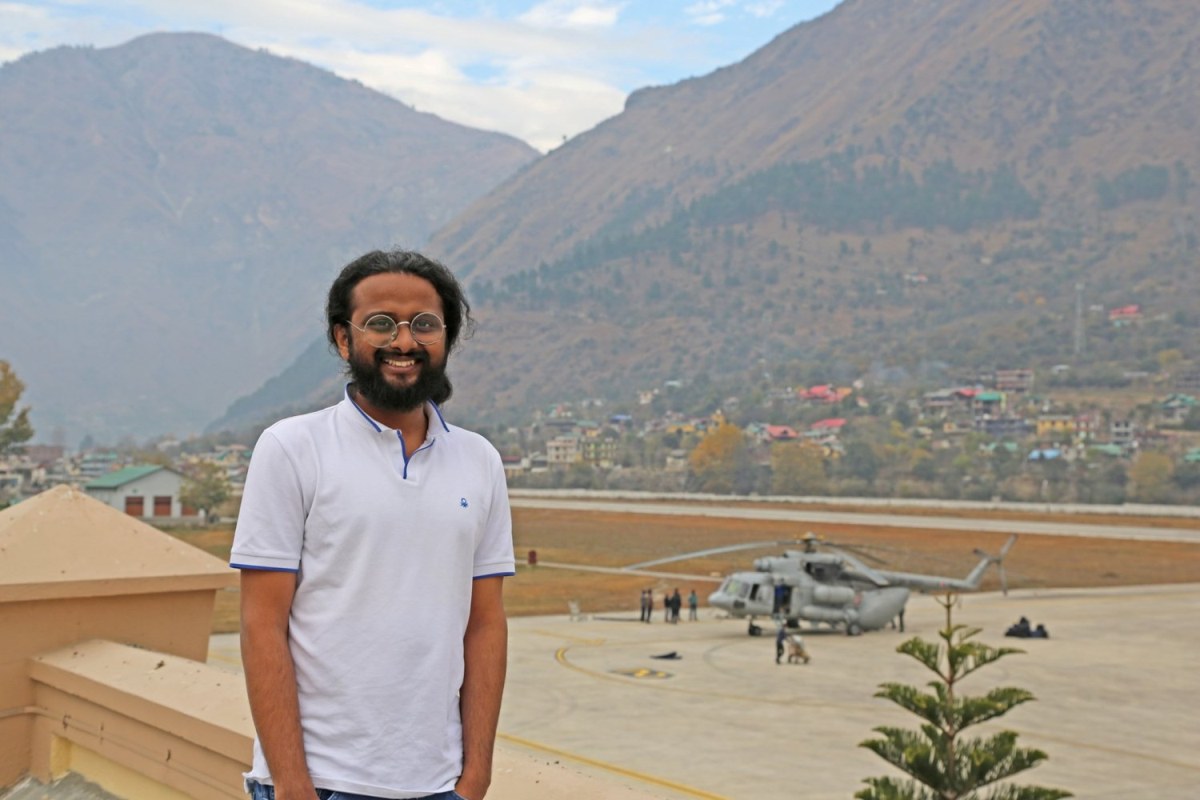
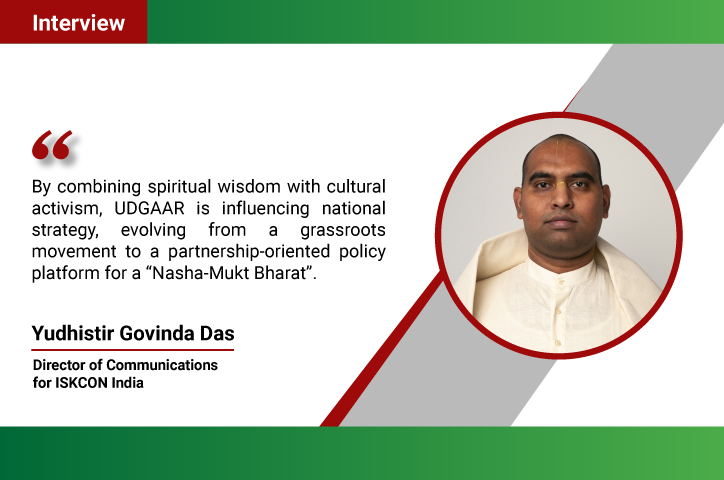




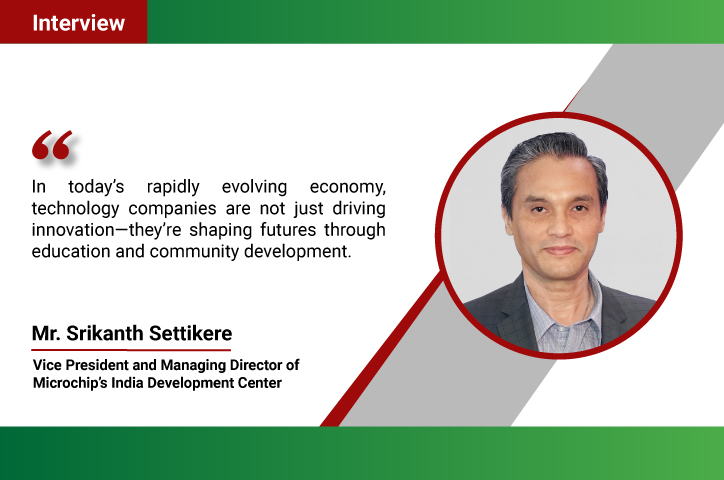
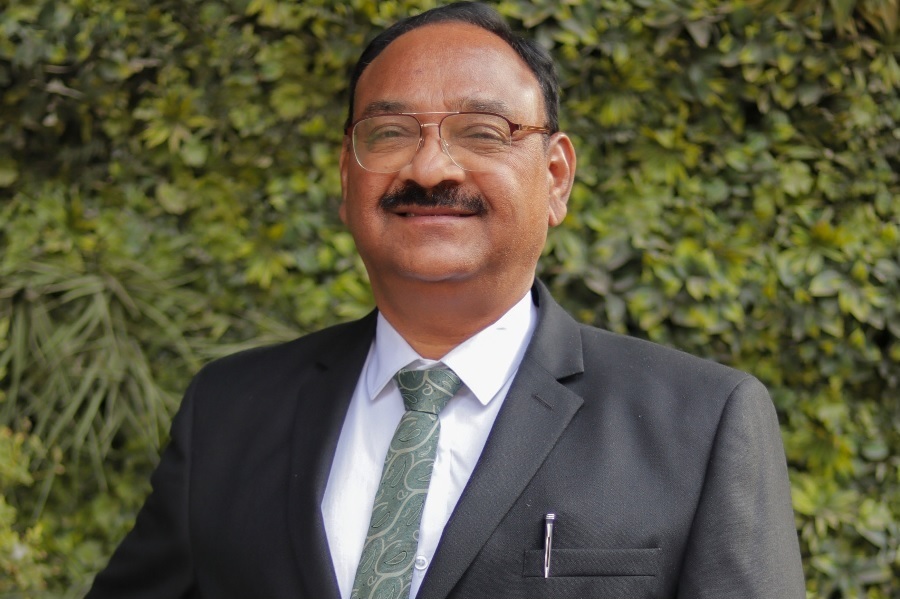
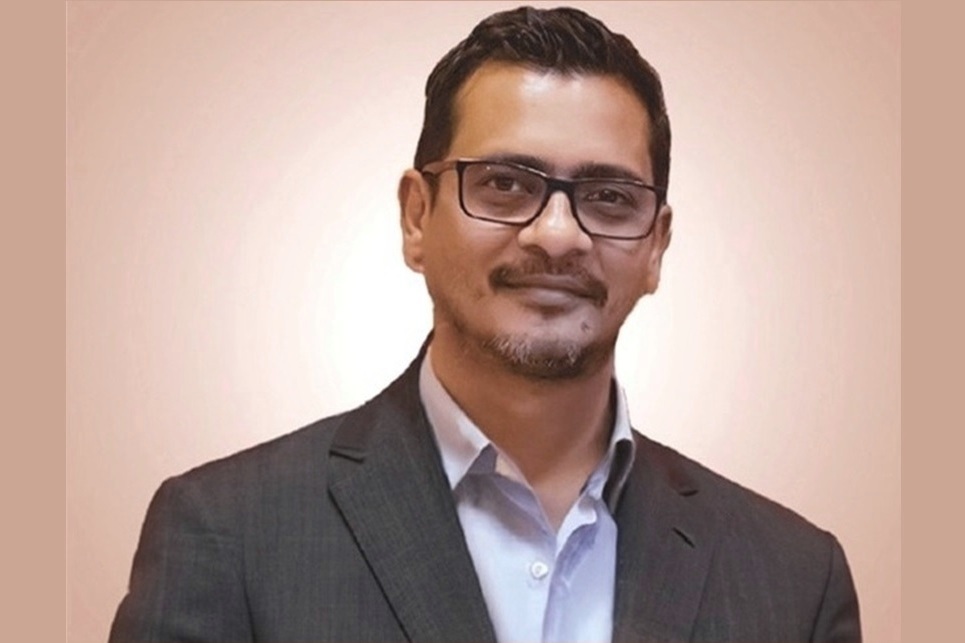

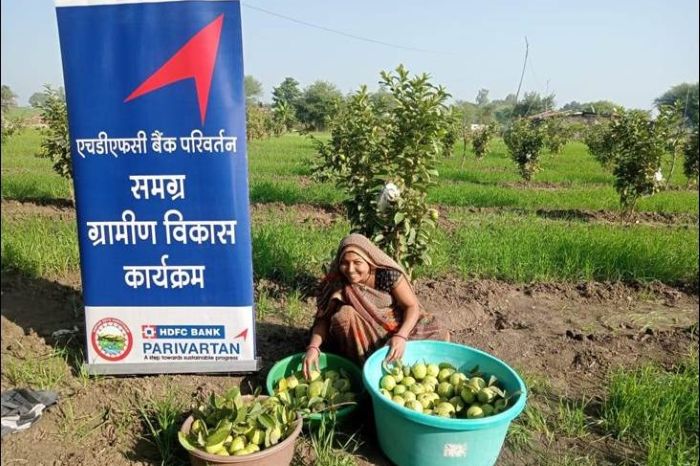

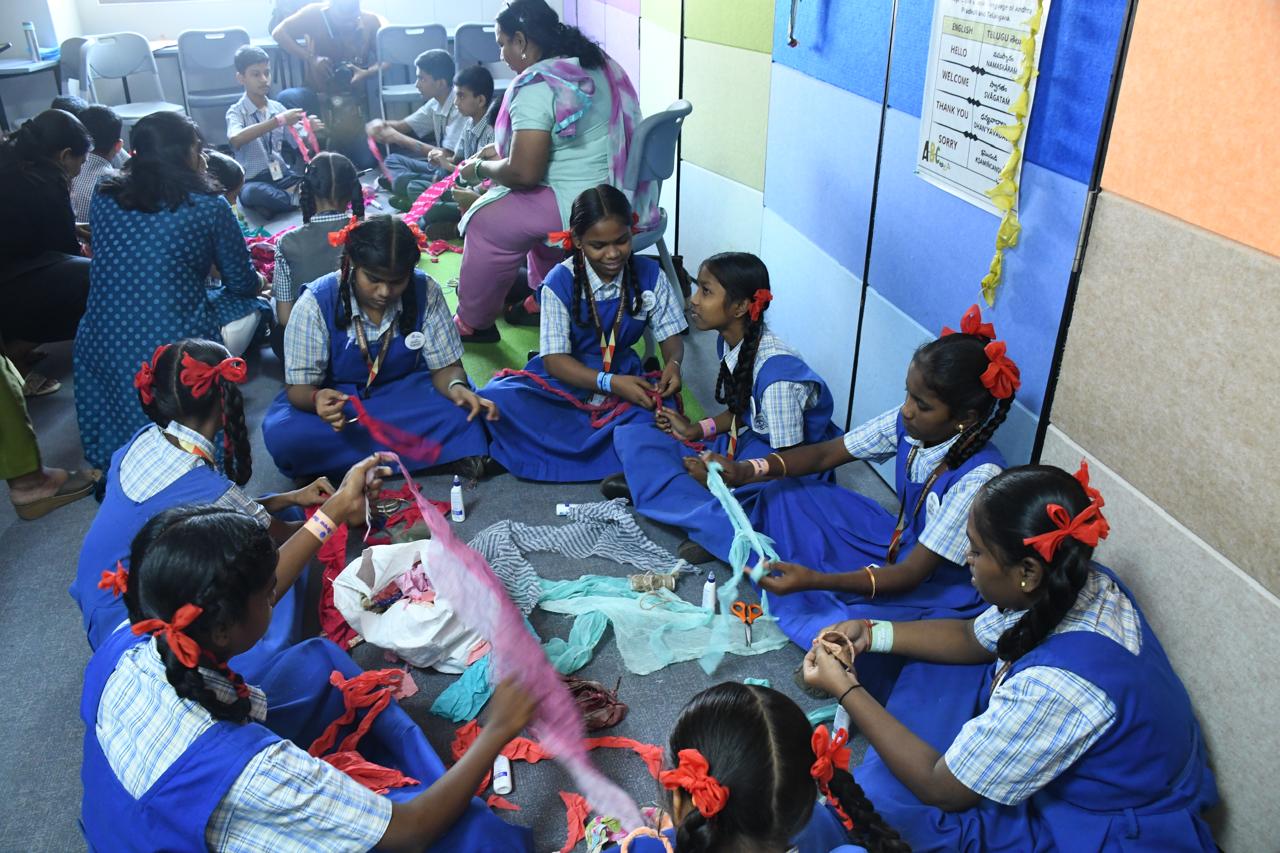

.jpg)




